
TASC Force Tips
- Author: Mike Steen
Have you ever been here? It’s late in the day (usually Friday), and you’re just about to button up the 41TE or 42LE job you promised. Everything is going as planned. You go to plug in the range sensor, only to find out that the range-sensor pins are different and the vehicle harness won’t plug in.
Fortunately, there’s a way out of this pickle. First, let’s try to explain how we got into this predicament.
In the 1996 model year, Chrysler eliminated the PRNODL and neutral-start switches on the 41TE, replacing them with a single transmission-range sensor. The 42LE always had the single range sensor, but the sensor did not incorporate the thermistor until 1996. All the later range sensors have the thermistor.
In October 1998 Chrysler changed its connector from the familiar round pins to a new blade-type connector (see Figure 1). This change took place to address concerns of DTCs caused by the sockets for the round-pin connector spreading out, which would set codes from continuity problems. The switches are not interchangeable. The neck of the switch and the corresponding case hole are different diameters between the two parts (see Figure 2), and, of course, the vehicle harness is different. This should be one of the things you check before you install the unit.
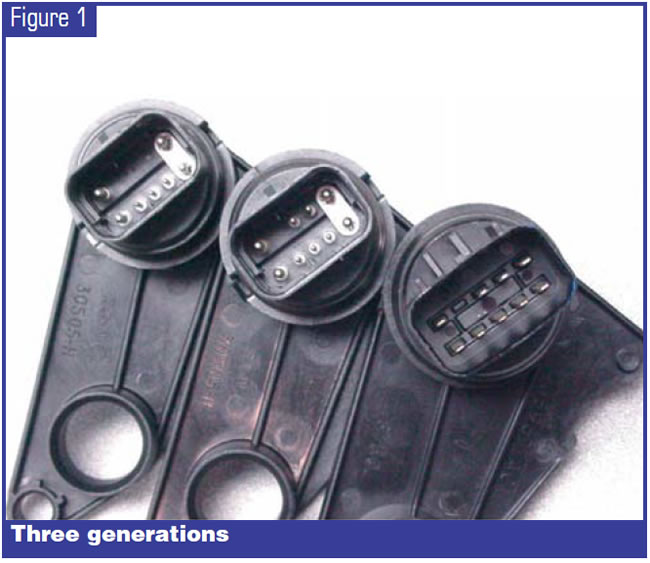
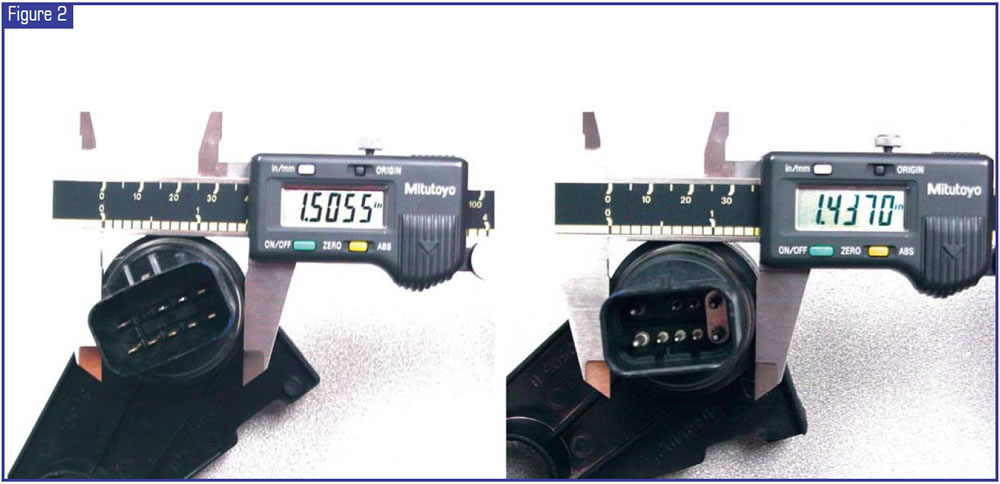
Here’s where it gets tricky. Vehicles built at the start of production for the 1999 model year had 1998-style transaxles with the round pins. A jumper conversion harness (see Figure 3) was used to mate the 1999 vehicle harness to the 1998 transaxle in all models except the JA model. On the JA model, the main vehicle-harness connector was changed to directly fit the 1998 range sensor. If you are installing an exchange unit, and it’s a 1999 transaxle with the late range sensor, all you need to do is remove the jumper. If it’s a JA-model vehicle, a splice kit is required to convert the early harness to the late harness (see figures 4 and 5).
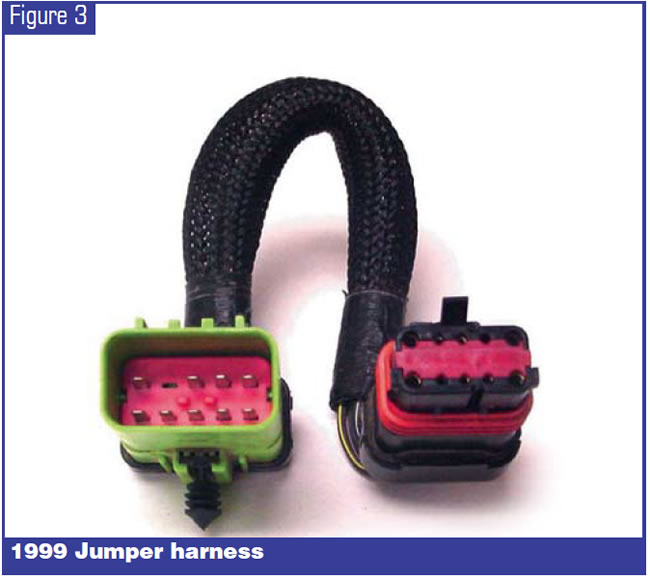
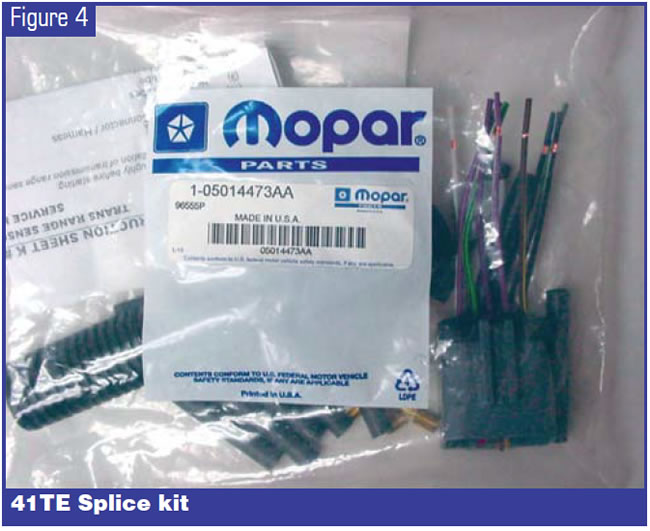
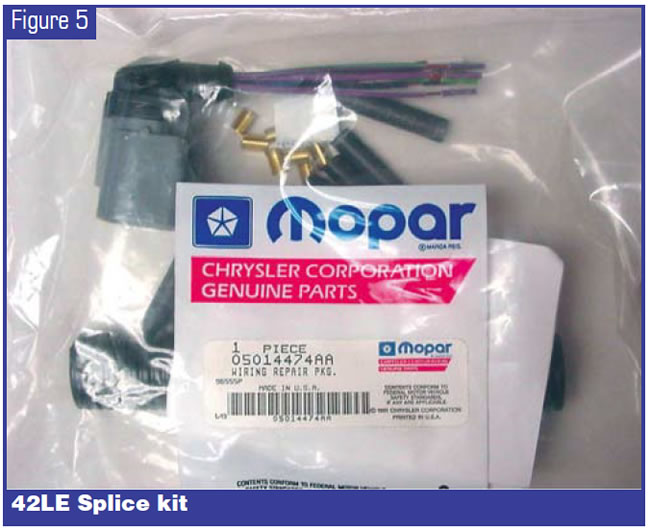
OK, back to the predicament and the promised job. Say we’ve installed a 1998 transaxle in a vehicle with the late harness. All we’d need to do in this case is install a jumper (Chrysler part number 4868295AA).
Another scenario could be a 1999 transaxle in a vehicle with an early round-pin harness. There are actually two ways to get out of this jam. One is to convert the early harness using the splice kit. Or, you could install an early range sensor and use a larger seal (see Figure 6, Chrysler part number 5013863AA) to fit the late case with the larger-diameter hole.
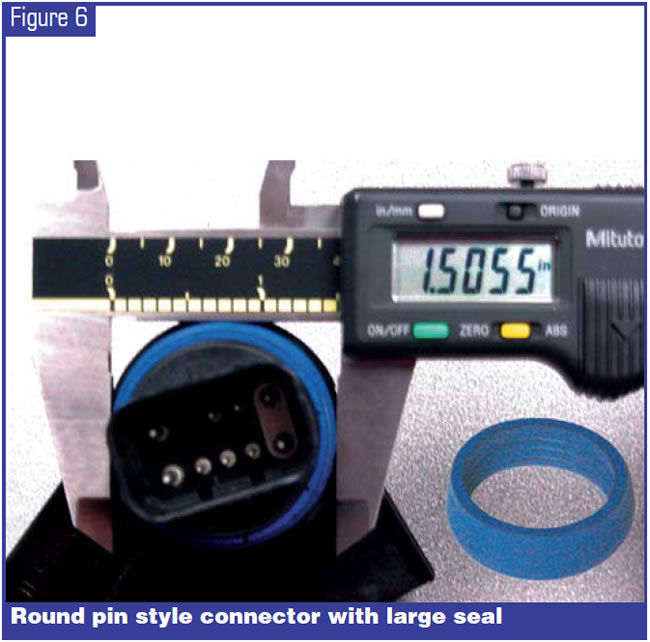
If you keep these parts around, they not only will keep you out of trouble but also can expand your stock inventory.

Mike Steen is technical-department manager for Certified Transmission in Omaha, Neb., and a member of the TASC Force (Technical Automotive Specialties Committee), a group of recognized industry technical specialists, transmission rebuilders and Sonnax Industries Inc. technicians. ©2005 Sonnax













